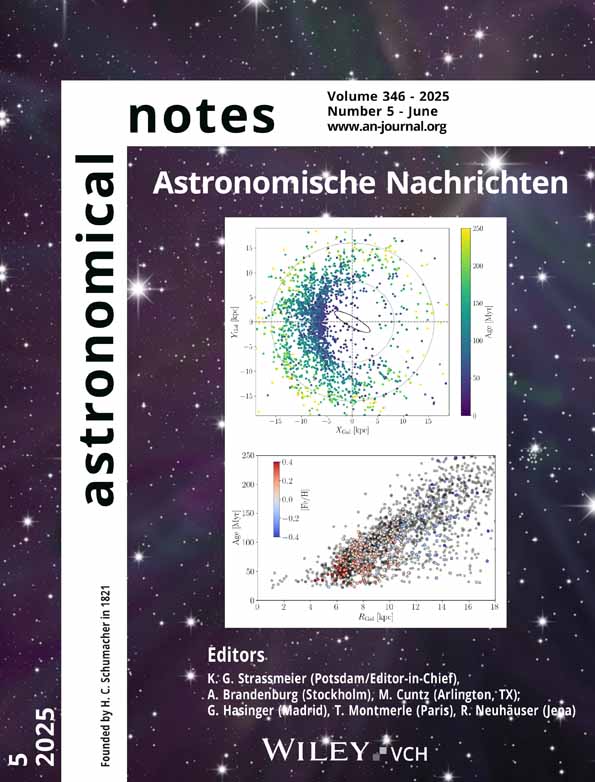Identifying Compact Symmetric Objects from the VLBA Imaging and Polarization Survey
Abstract
Compact Symmetric Objects (CSOs) are small (less than 1 kpc) radio sources which have symmetric double lobes or jets. The dominant theory for the small size of these objects is that they are young radio sources which could grow into larger radio galaxies, but the currently small population of known CSOs makes it difficult to definitively determine whether or not this is the case. While a greater number of Gigahertz peaked sources can be identified by sifting through spectral surveys, this yields none of the dynamics of the sources, and also brings Quasars into the sample, which although interesting are peaked around 1 Gigahertz for very different reasons. We have used the 5 GHz VLBA Imaging and Polarization Survey (VIPS) to identify 103 CSO candidates morphologically, and are following up on these sources with multifrequency VLBA observations to confirm CSO identifications and to study their dynamics. The identification of candidates from within the survey will be discussed, as well as preliminary results from the follow-up observations (© 2009 WILEY-VCH Verlag GmbH & Co. KGaA, Weinheim)




